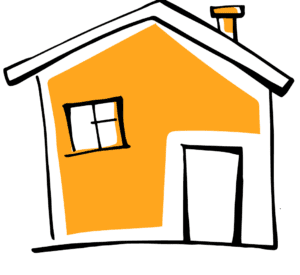Today we are going to discuss how you can lower you payments without a cash out refinance. Most importantly, lowering your mortgage payments can save you money each month. In addition, you don’t always need a cash-out refinance in order to make this happen. Here are some ways to reduce your payments without the hassle of a refinance.
First, Shop for a Better Rate
First and foremost, interest rates can vary. Therefore, by shopping around, you might find a lower rate than your current one.
Steps:
- Check current rates online.
- Compare offers from different lenders.
- Talk to your current lender about matching lower rates as well.
Second, Modify Your Loan
A loan modification can also change the terms of your mortgage. As a result, this can lower your payments.
Steps:
- Contact your lender.
- Ask about loan modification programs.
- Provide the needed documents.
Third, Extend Your Loan Term
Spreading your payments over a longer period can consequently lower your monthly amount.
Steps:
- Contact your lender.
- Discuss extending your loan term.
- Review the new payment schedule.
Forth, Lower Your Property Taxes
High property taxes can also increase your payments. In addition, you can appeal your tax assessment in order to lower them.
Steps:
- Review your property tax assessment.
- Gather evidence that your home is overvalued.
- File an appeal with your local tax authority.
Fifth, Drop Private Mortgage Insurance (PMI)
If you have PMI, removing it can lower your payments as well. Therefore, once your home’s value increases or you’ve paid enough, you might qualify to drop PMI.
Steps:
- Check your loan balance.
- Get a home appraisal.
- Request PMI removal from your lender.
Sixth, Make Extra Payments
Paying extra each month can also reduce your loan balance faster. This can in turn lower your payments over time.
Steps:
- Review your budget.
- Allocate extra funds to your mortgage.
- Make extra payments regularly.
Seventh, Look for Assistance Programs
In fact, there are programs designed to help homeowners lower their payments. Most importantly, these programs can offer temporary relief or long-term solutions.
Steps:
- Research local and federal assistance programs.
- Apply for the programs you qualify for.
- Follow program guidelines.
Finally, Rent Out Part of Your Home
Additionally, renting out a room or space can provide extra income as well. Therefore, this can help you cover your mortgage payments.
Steps:
- Prepare a room for renting.
- Advertise your rental space.
- Screen potential renters.
Conclusion
Lowering your mortgage payments without a cash-out refinance is possible. By exploring these options, you can find the best fit for your situation. Take action today and start saving! Do you need help navigating your financial future? Contact us today!




